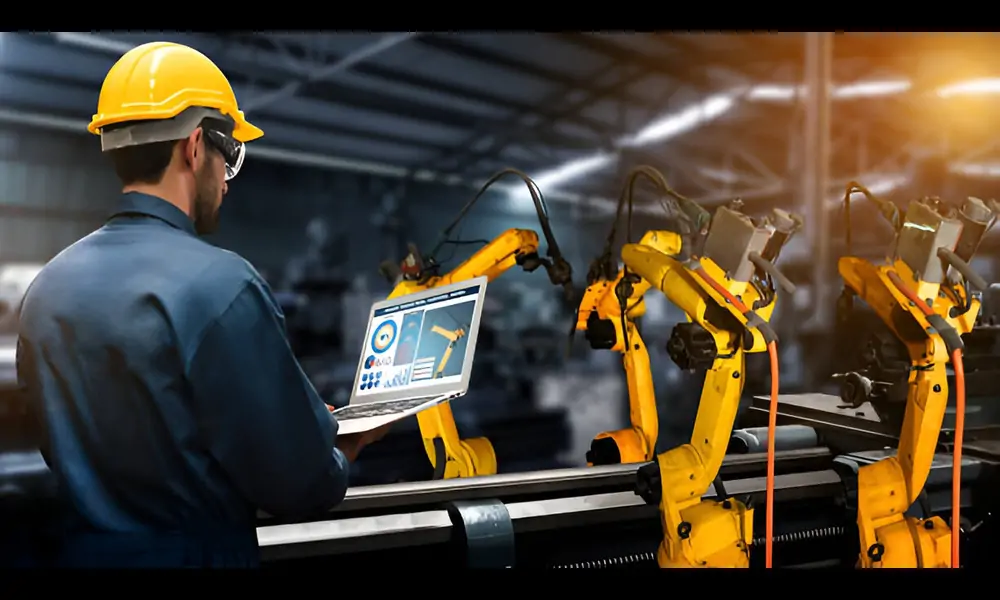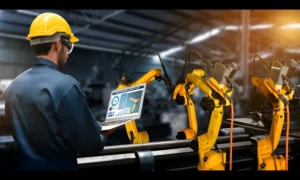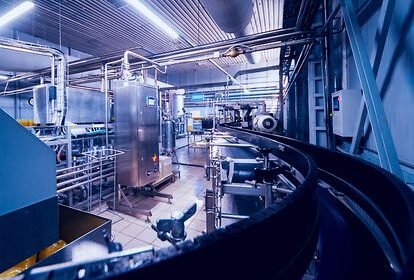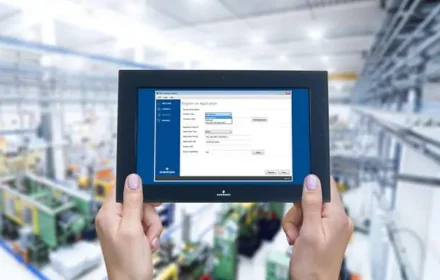Industrial Automation Component Strategy: Repair vs Replace Decisions
Critical Maintenance Decision Framework
Industrial automation failures require immediate financial decisions. Manufacturers face repair or replace choices constantly. Component costs and delivery times influence decisions significantly. According to IndustryWeek, unplanned downtime costs average $260,000 hourly.
Decision Evaluation Factors
Multiple factors determine optimal maintenance approaches. Downtime costs represent the primary consideration. Replacement part availability affects operational continuity. Repair turnaround time influences production recovery.
- Production downtime cost per hour
- Replacement part lead time availability
- Component age and obsolescence status
- Previous failure history and patterns
Repair Advantage Scenarios
Component repair offers significant benefits in specific situations. Obsolete parts become available through specialized repair. Cost savings typically range from 30-60 percent. Existing configurations and programming remain intact.
Replacement Indication Factors
Certain conditions favor complete component replacement. Repeated failures indicate underlying reliability issues. Catastrophic damage often exceeds repair cost effectiveness. System modernization plans justify new equipment investment.
Component-Specific Considerations
Different automation components require unique evaluation approaches. Drive systems have different criteria than control components. HMI units present different repair opportunities. World of PLC recommends component-specific analysis.
Drive System Evaluation
Variable frequency drives benefit from repair frequently. Minor electrical issues resolve cost-effectively through repair. Mechanical components like fans represent ideal repair candidates. Multiple simultaneous faults often justify replacement.
PLC and Control Module Assessment
Programmable controllers require careful evaluation. Legacy systems like SLC 500 benefit from repair extension. Modern control systems may favor replacement strategies. I/O module failures often suit repair approaches.
HMI and Interface Decisions
Human-machine interfaces present unique considerations. Screen damage typically justifies repair investment. Internal component failures may require complete replacement. Protocol compatibility influences modernization decisions.
Strategic Maintenance Planning
Effective facilities implement comprehensive maintenance strategies. Critical spare parts inventory reduces emergency downtime. Modernization roadmaps guide long-term investment decisions. According to MarketsandMarkets, industrial maintenance grows at 6.8% annually.
Implementation Case Study
Situation: Manufacturing plant experiences PLC failure during production.
- Assessment: Obsolete controller with 8-week replacement lead time
- Solution: Emergency repair with 5-day turnaround
- Result: $150,000 downtime savings versus replacement wait
The repair approach maintained production continuity effectively.
Decision Framework Application
Organizations should establish clear evaluation criteria. Documented procedures ensure consistent decision making. Cost-benefit analysis supports financial justification. Technical assessment determines repair feasibility.
Frequently Asked Questions
Q: How do you determine when a component is beyond cost-effective repair?
A: Multiple simultaneous failures, extensive physical damage, obsolete components with no replacement parts available, and repair costs exceeding 65% of replacement price typically indicate replacement is more economical.
Q: What warranty considerations exist for repaired versus new components?
A: New components typically carry manufacturer warranties of 1-3 years, while quality repair services usually provide 1-2 year warranties on repaired components, making the protection comparable for most applications.
Q: How should facilities prioritize which components to stock as spares?
A: Focus on components with longest lead times, highest failure rates, and most critical operational impact. Maintain spares for controllers, communication modules, and power supplies that would cause extended downtime if failed.
For industrial automation components and maintenance solutions, visit World of PLC for repair services and replacement parts.
| Model | Title | Link |
|---|---|---|
| 1756-IT6I | Allen Bradley ControlLogix Analog Input Module | Learn More |
| 1756-CNB | Allen Bradley ControlLogix Bridge Module | Learn More |
| 1756-OX8I | Allen Bradley Isolated Relay Output Module | Learn More |







